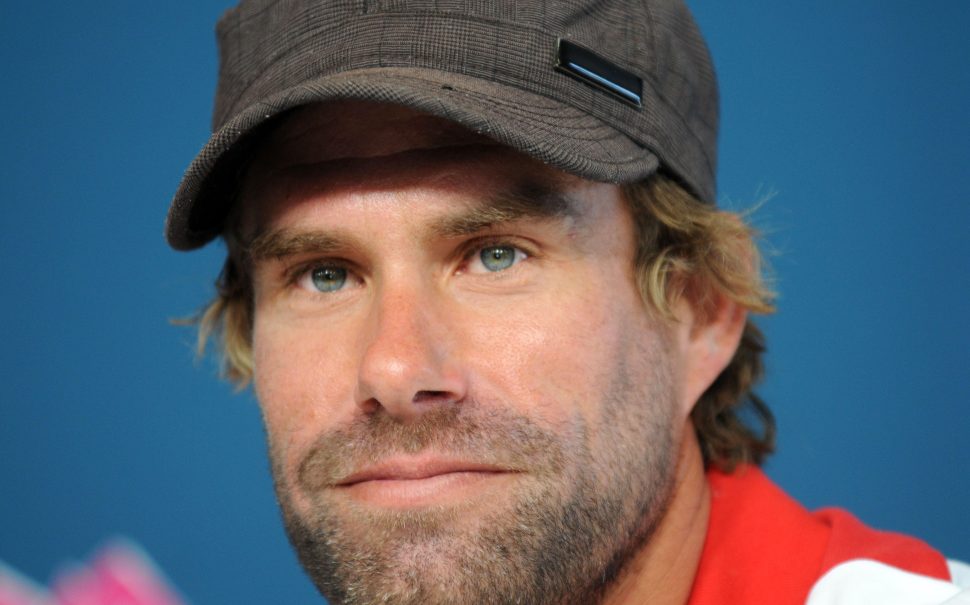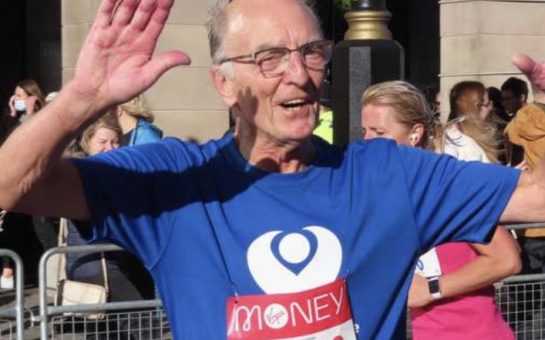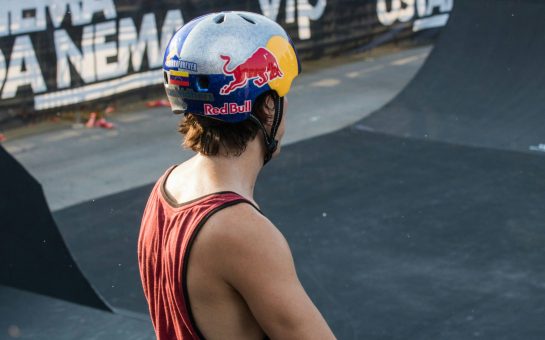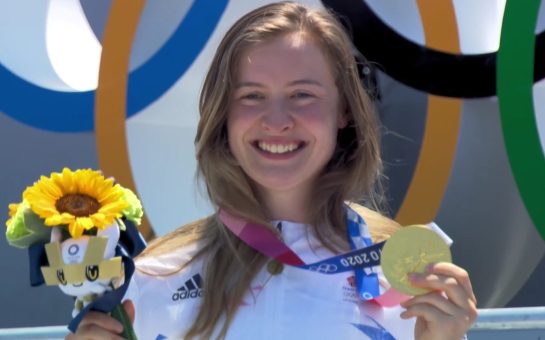Double Olympic champion Iain Percy backed John Gimson and Anna Burnet to propel the decarbonisation of high-speed maritime as they attempt to smash a sailing world record.
The Tokyo 2020 silver medallists have set out to beat an existing time of 1hr 41 minutes, sailing between Belfast Ballyholme and Portpatrick, which was set by Ian Wilson and the late Johnny Mullan in 1995.
Winchester-born Percy wears both hats as Gimson and Burnet’s coach as well as championing Artemis Technologies as CEO, the revolutionary designers of the foiling Nacra 17 the pair will sail across the North Channel.
With wind in their favour, he believes that Gimson and Burnet can issue a wake-up call to the maritime industry, who are responsible for around 2.8% of all global greenhouse gas emissions.
“This record is signifying as much as anything else” he said. “If the wind is reasonable, they’re too good not to break that record.
“I’m really excited to see those two aspects, Olympic hydrofoiling done at the highest level alongside genuinely the world’s first solution to decarbonise high-speed maritime.
“For us, this record is about showcasing that link with decarbonisation, that link with vessel efficiency and the emission issues of high-speed maritime.
“What people don’t realise is that CO2 emissions that are a wide issue, maritime contributes heavily to that.
“The health aspect of these fast ferries that burn so much fuel and are very close to populations, using dirty diesel fuel has quite large health implications.”
After securing Olympic qualification with a silver medal at the Sailing World Championships, Gimson and Burnet quickly turned their attention to the record-breaking feat in the North Channel.
The couple will sail for a much longer periods than in Olympic competition but rigorous preparation means the mixed Nacra 17 class pair are more than used to the strain.
Percy stressed that the biggest challenge the pair contest with is the carbon emissions from maritime vessels as Artemis Technologies continues to spearhead environmental solutions for local populations and the maritime industry.
“It’s only when you’re by the sea that you really notice,” he continued. “When we were down in Sicily, we were down training with them there, there are big diesel guzzlers and you don’t half notice it.
“The whole air gets filled with smoke behind these boats and if you’re in a little sailing dinghy trying to be incredibly athletic, you suddenly start choking up and I think that is happening in all our ports.
“While I was still competing I thought, ‘can we use some of this technology like we see with John and Anna to increase that efficiency of speed?’, if we can do that, it can be a way that we reduce the emissions.
“It’s the statement that efficiency from racing can drive environmental change and health change.
“John and Anna are huge ambassadors for a number of things, obviously the environment but also their professionalism and their way of doing things.
“I need to care about the people I’m coaching and they’re easy to care about because their morality and their effort is second to none.”




